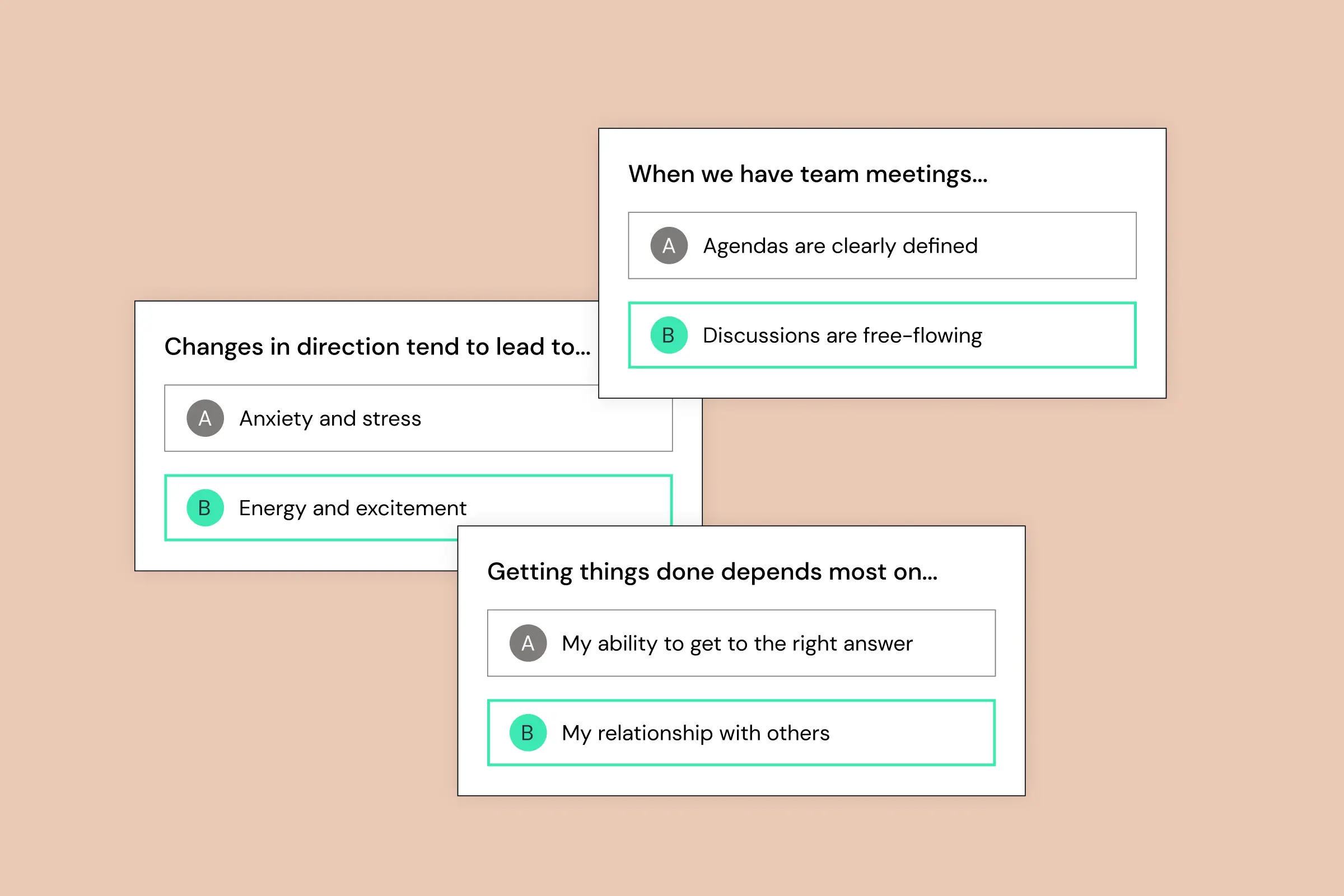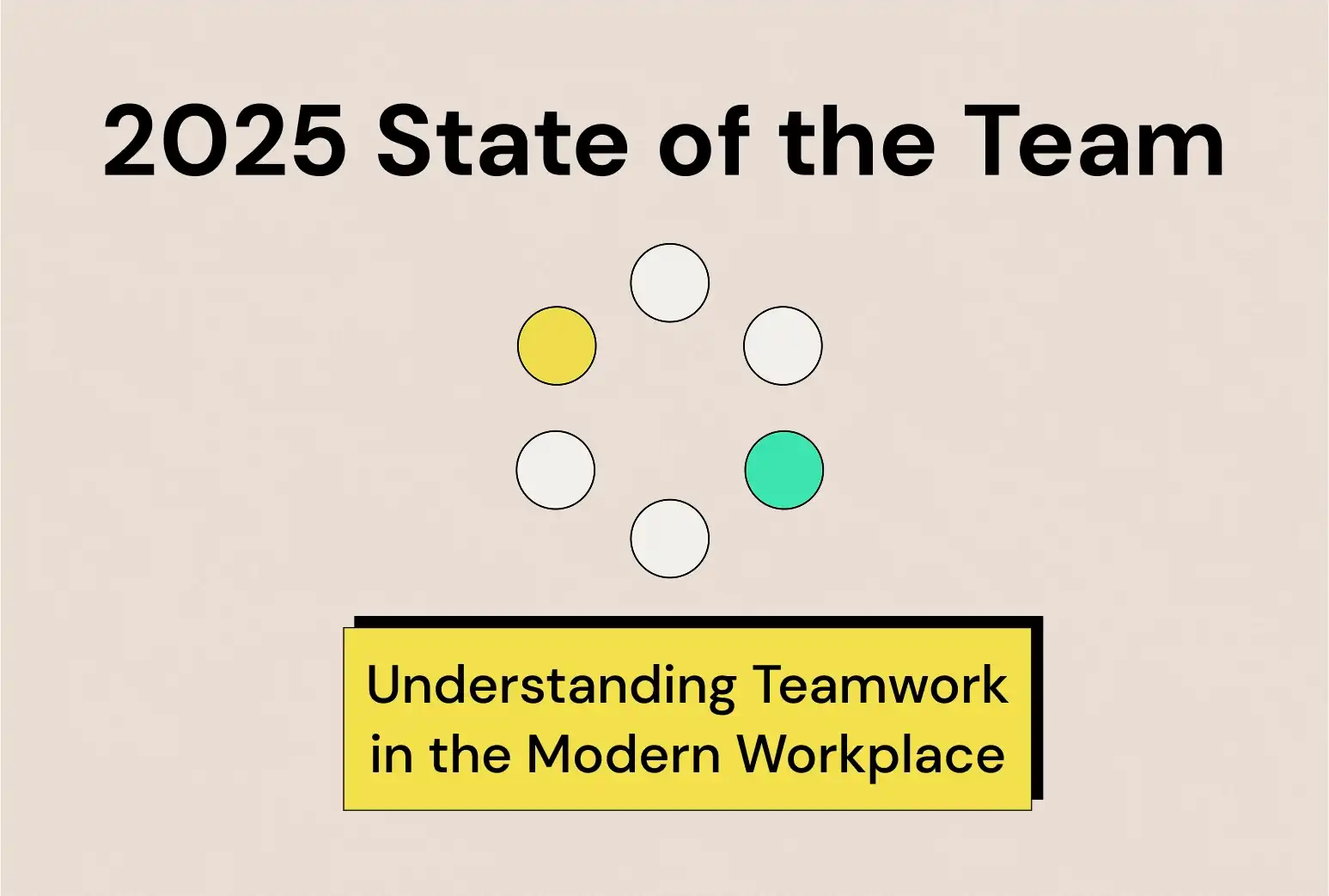Effective leadership is more critical than ever. “The Leader’s Mind: How Great Leaders Prepare, Perform, and Prevail” by Dr. Jim Afremow and Phil White offers valuable insights for managers looking to elevate their leadership skills. This business book delves into the mental strategies and habits of successful leaders across various fields, making it a must-read for those aiming to inspire and lead their teams effectively.
Afremow and White explore themes such as mental preparation, peak performance, and resilience. By drawing on examples from sports, military, and corporate leaders, they provide practical advice that can be directly applied in the workplace. For business professionals, “The Leader’s Mind” is a powerful tool to understand how great leaders think and act, helping you to become more effective in your role.
This book is especially relevant for managers who want to foster a high-performing team, navigate challenges with confidence, and achieve sustained success. By implementing the principles discussed in “The Leader’s Mind,” you can enhance your leadership capabilities and drive your organization to new heights.
Dive into our book summary to discover the key takeaways from “The Leader’s Mind” and learn how to apply these strategies in your professional life.
Main Ideas: Key Concepts from “The Leader’s Mind”
By understanding and implementing the key concepts from “The Leader’s Mind,” managers can enhance their leadership skills and drive their teams to success. These business strategies are not only practical but also essential for anyone looking to lead with confidence and achieve outstanding results.
1. Mental Preparation
One of the book’s key concepts is the importance of mental preparation. Great leaders plan their approach, set clear goals, and visualize success. By preparing mentally, you can boost your confidence and stay focused on your objectives, no matter the challenges that arise.
“Preparation is the key to success. By visualizing your goals and planning your approach, you set the stage for achieving great things.” — Jim Afremow and Phil White
2. Peak Performance
Afremow and White emphasize achieving peak performance through discipline and consistency. Successful leaders maintain high standards for themselves and their teams, pushing for excellence in every task. This involves continuous learning and adapting to new situations to stay ahead in the competitive business landscape.
“Excellence is not a singular act but a habit. To reach peak performance, commit to continuous improvement and maintain high standards in everything you do.” — Jim Afremow and Phil White
3. Resilience and Adaptability
Resilience is crucial in leadership. The authors highlight how great leaders bounce back from setbacks and adapt to changing circumstances. This principle teaches managers to view challenges as opportunities for growth and to lead their teams with a positive, solution-oriented mindset.
“Resilience is about bouncing back stronger from setbacks. Leaders who embrace challenges as opportunities for growth inspire their teams to do the same.” — Jim Afremow and Phil White
4. Building Strong Relationships
Effective leaders build strong, trust-based relationships with their team members. Afremow and White discuss strategies for fostering open communication, showing empathy, and encouraging collaboration. By prioritizing relationships, you can create a supportive and productive work environment.
“Trust is the foundation of any strong relationship. Open communication and empathy are essential for building a cohesive and supportive team.” — Jim Afremow and Phil White
5. Leading by Example
Leading by example is a fundamental principle in “The Leader’s Mind.” The authors stress that leaders should embody the values and behaviors they wish to see in their team. This approach not only earns respect but also inspires others to follow suit and strive for excellence.
“Leaders must embody the values they wish to see in their team. Your actions speak louder than words and set the tone for your organization.” — Jim Afremow and Phil White
6. Strategic Decision-Making
The book underscores the importance of making strategic decisions. Leaders need to analyze situations, weigh options, and choose the best course of action. Afremow and White provide insights into effective decision-making processes that can help you navigate complex business scenarios.
“Effective decision-making involves careful analysis and strategic thinking. Leaders must weigh their options and make informed choices to navigate complex situations.” — Jim Afremow and Phil White
7. Maintaining a Balanced Perspective
Finally, maintaining a balanced perspective is vital for sustainable success. The authors advocate for a balanced approach to work and personal life, ensuring that leaders remain healthy and motivated. This balance helps prevent burnout and promotes long-term effectiveness.
“A balanced life is crucial for sustained success. Leaders who prioritize their well-being and encourage their team to do the same create a healthy and productive work environment.” — Jim Afremow and Phil White
{{inline-cta}}
Actionable Insights: Practical Applications from “The Leader’s Mind”
The insights from “The Leader’s Mind” by Jim Afremow and Phil White are not just theoretical—they are meant to be put into practice. For managers in professional settings, applying these concepts can transform your leadership approach and drive your team to greater success. Here’s how you can turn the book’s principles into actionable strategies in your workplace.
1. Mental Preparation: Start with Clear Goals
Begin your week by setting clear, achievable goals for yourself and your team. Use visualization techniques to picture successful outcomes. This mental preparation can help you stay focused and motivated, leading to better decision-making and more efficient execution of tasks.
2. Achieve Peak Performance: Create a Routine
Develop a daily routine that promotes discipline and consistency. Encourage your team to adopt similar practices. For instance, set aside time each day for skill development and training. This routine will help maintain high performance levels and ensure continuous improvement.
3. Build Resilience: Embrace Challenges
When faced with setbacks, lead by example by maintaining a positive attitude and a solution-focused approach. Encourage your team to view challenges as opportunities for growth. Implement regular team meetings to discuss obstacles and brainstorm solutions together.
4. Foster Strong Relationships: Communicate Openly
Establish regular check-ins with your team members to build trust and open communication. Show empathy and listen to their concerns. This practice will strengthen your relationships and create a supportive work environment where everyone feels valued.
5. Lead by Example: Model the Behavior You Want to See
Demonstrate the behaviors and attitudes you expect from your team. Show up on time, stay organized, and remain accountable for your actions. Your team will be more likely to follow suit when they see you leading by example.
6. Make Strategic Decisions: Analyze and Act
Adopt a structured approach to decision-making. Gather relevant data, evaluate your options, and consider potential outcomes before making a choice. Share your decision-making process with your team to promote transparency and collective understanding.
7. Maintain Balance: Prioritize Well-Being
Encourage a healthy work-life balance within your team. Promote activities that reduce stress and enhance well-being, such as regular breaks, exercise, and time off. Leading by example in this area will help your team remain motivated and prevent burnout.
By applying these practical applications from “The Leader’s Mind,” you can transform the way you lead your team. These actionable insights will not only improve team performance but also create a positive and productive work environment. Implementing these business strategies will help you become a more effective and inspiring leader.
Author’s Background: Expertise Behind “The Leader’s Mind”
Together, Afremow and White bring a wealth of knowledge and practical insights to “The Leader’s Mind.” Their combined expertise offers valuable perspectives for managers aiming to enhance their leadership skills and drive their teams to success.
Jim Afremow
Jim Afremow is a renowned sports psychologist and mental performance coach with extensive experience working with elite athletes and business professionals. He holds a Ph.D. in sports psychology and has served as a consultant for various sports teams and organizations, including the San Francisco Giants and Arizona State University. Afremow is also the author of several best-selling books on mental toughness and peak performance, including “The Champion’s Mind” and “The Champion’s Comeback.” His deep understanding of mental strategies and his practical approach make him a trusted expert in the field of performance psychology.
Phil White
Phil White is an accomplished writer and collaborator with a focus on health, fitness, and leadership. He has co-authored several influential books, including “Unplugged” and “Waterman 2.0.” White’s ability to distill complex concepts into engaging and actionable content complements Afremow’s expertise, making “The Leader’s Mind” a comprehensive guide for leaders seeking to improve their mental game.
Critical Reception: Reviews of “The Leader’s Mind”
“The Leader’s Mind” by Jim Afremow and Phil White has garnered positive reviews from critics and readers alike. Business book reviews praise its practical advice and relatable examples. The book is often highlighted for its actionable insights and the clear, concise way it presents complex concepts.
Highlights from Reviews of “The Leader’s Mind”
- Practical and Engaging: Critics commend the book for being both practical and engaging, with real-world applications that are relevant to a wide range of readers.
- Inspiring and Motivational: Many reviews mention the book’s ability to inspire and motivate leaders to adopt a more strategic and resilient mindset.
- Well-Structured and Accessible: Reviewers appreciate the book’s well-structured format and accessible language, making it easy to digest and apply the lessons learned.
Reader Feedback about “The Leader’s Mind”
Readers have responded enthusiastically, appreciating the book’s blend of sports psychology and leadership principles. Many managers find the strategies easy to implement and see immediate improvements in their leadership skills. The book’s focus on mental preparation and resilience resonates strongly with professionals seeking to navigate the challenges of the modern workplace.
Overall, “The Leader’s Mind” has received acclaim for its insightful and practical approach to leadership. Whether you are a seasoned manager or new to leadership, this book offers valuable tools to enhance your effectiveness and drive your team to success.
Criticisms: Shortcomings of “The Leader’s Mind”
While “The Leader’s Mind” by Jim Afremow and Phil White has been well-received, it is not without its criticisms. Here are some of the most persuasive critiques from readers and reviewers:
Repetition of Concepts
Some readers have noted that the book tends to repeat certain concepts, which can make it feel redundant. While reinforcement of key ideas can be helpful, the repetition may come across as unnecessary to those looking for a more concise read.
Overemphasis on Sports Analogies
Critics have pointed out that the heavy reliance on sports analogies might not resonate with all readers. Managers who do not have a strong interest in sports may find it harder to relate to some of the examples and metaphors used throughout the book.
Lack of New Insights
A few reviewers mentioned that the book does not offer many groundbreaking insights for seasoned leaders. Experienced managers might find the content to be more of a refresher rather than introducing new, innovative strategies.
Practical Application Challenges
While the book is praised for its practical advice, some readers feel that implementing the strategies in a corporate environment can be challenging. The transition from theory to practice may require additional guidance or examples tailored specifically to business settings.
Generalized Advice
Lastly, some critiques focus on the generalized nature of the advice given. The broad recommendations may not address the unique challenges faced by leaders in different industries or organizational cultures, potentially limiting the book’s applicability.
Despite these shortcomings, “The Leader’s Mind” still provides valuable insights for managers aiming to enhance their leadership skills. Understanding these critiques can help potential readers approach the book with a balanced perspective and set realistic expectations.
Final Thoughts: The Overall Impact of “The Leader’s Mind”
“The Leader’s Mind: How Great Leaders Prepare, Perform, and Prevail” by Jim Afremow and Phil White offers valuable insights for managers aiming to elevate their leadership skills. By focusing on mental preparation, peak performance, resilience, and strategic decision-making, the book provides practical strategies that can be directly applied in the business world.
Business Value of “The Leader’s Mind”
The book’s principles are especially relevant for business professionals looking to foster high-performing teams and navigate challenges with confidence. Its blend of sports psychology and leadership advice delivers a unique perspective that can inspire and motivate managers to adopt a more resilient and strategic approach to leadership.
Overall Impact of “The Leader’s Mind”
Despite some criticisms, “The Leader’s Mind” has a significant impact on its readers. The actionable insights and practical applications make it a useful tool for leaders at all levels. Whether you’re a seasoned executive or an emerging manager, this book offers valuable lessons to help you lead more effectively and achieve sustained success.
In conclusion, “The Leader’s Mind” is a worthwhile read for any business professional looking to enhance their leadership capabilities. By embracing the book’s strategies, you can become a more effective leader, drive your team to success, and navigate the complexities of the modern workplace with greater confidence and skill.
{{inline-cta}}
Further Reading
If you found "The Leader's Mind: How Great Leaders Prepare, Perform, and Prevail" by Jim Afremow and Phil White useful, here are some additional resources that explore similar topics and can further enhance your leadership skills:
Patrick Lencioni explores the importance of creating a culture of trust and safety within organizations. This book complements “The Leader’s Mind” by emphasizing the leader’s role in fostering an environment where people feel valued and motivated.
Read our summary of “The Five Dysfunctions of a Team” by Patrick Lencioni.
Brian Dixon’s book emphasizes the importance of putting people first in your leadership approach. His practical advice on understanding and supporting your team aligns well with the principles in “The Leader’s Mind,” which focuses on building strong relationships and trust within teams.
Read our summary of "Start With Your People" by Brian Dixon.
Brené Brown’s work on vulnerability and courage in leadership offers deep insights into how leaders can connect with their teams on a more personal level. Her focus on empathy and trust aligns well with the themes in “The Leader’s Mind” about fostering strong, trust-based relationships.
Read our summary of “Dare to Lead: Brave Work. Tough Conversations. Whole Hearts.” by Brené Brown
Simon Sinek explores the importance of creating a culture of trust and safety within organizations. This book complements “The Leader’s Mind” by emphasizing the leader’s role in fostering an environment where people feel valued and motivated.
Read our summary of "Leaders Eat Last" by Simon Sinek.
Daniel Coyle examines the secrets of highly successful groups and provides actionable advice on how to build a strong, cohesive culture. This complements “The Leader’s Mind” strategies for creating environments where teams thrive.
Kim Scott’s book provides a framework for giving feedback that is both caring and direct. It’s an excellent resource for leaders aiming to cultivate honest and productive communication in their teams, a key aspect also covered in “The Leader’s Mind.”
Jocko Willink and Leif Babin emphasize the principle of taking full responsibility for everything in one’s realm of leadership to achieve success. Their insights on accountability and ownership are highly relevant to the leadership model presented in “The Leader’s Mind.”
8. “Drive” by Daniel H. Pink
Daniel Pink explores the surprising truths about what motivates us. Understanding intrinsic motivation can help you apply the principles in “The Leader’s Mind” more effectively by aligning team members’ roles with their internal drives.
9. “Crucial Conversations” by Kerry Patterson, Joseph Grenny, Ron McMillan, and Al Switzler
This book offers strategies for handling difficult conversations with openness and empathy. It’s a valuable resource for leaders looking to improve communication and resolve conflicts within their teams, a crucial skill highlighted in “The Leader’s Mind.”
Adam Grant and Maurice Ashley reveal how untapped potential can be unlocked through the application of psychological and scientific principles to achieve extraordinary success. This aligns with “The Leader’s Mind” focus on mental preparation and resilience.
Read our summary of "Hidden Potential: The Science of Achieving Greater Things" by Adam Grant.
These books and resources offer diverse perspectives on leadership and team dynamics, providing you with a comprehensive toolkit to become a more effective and empathetic leader.




.png)









































